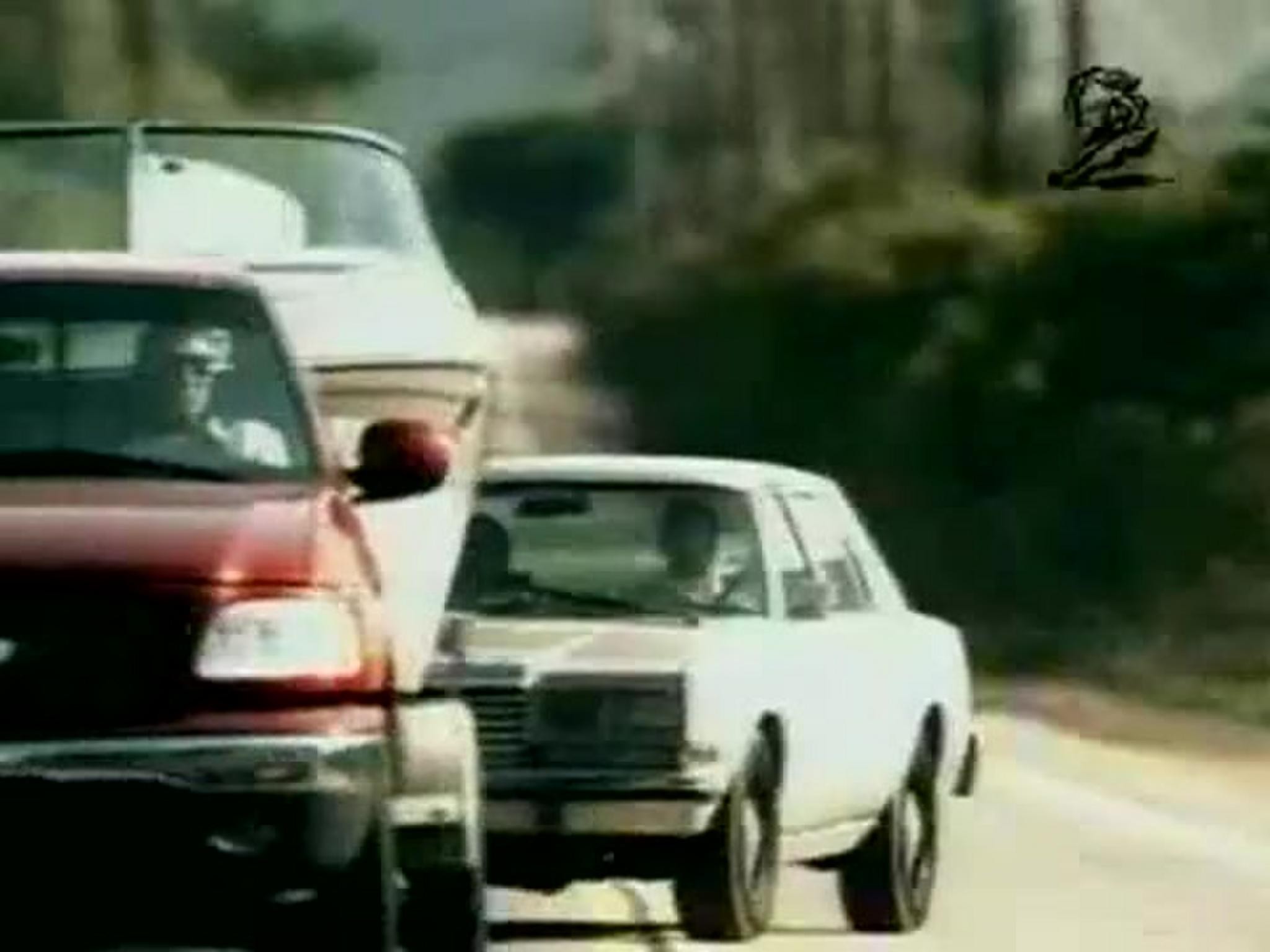Creative Strategy > Excellence in Creative Strategy
THE STANLEY REFRESH
GSD&M, Austin / STANLEY 1913 / 2024
Awards:

Overview
Credits
Overview
Why is this work relevant for Creative Strategy?
Great creative strategy changes perception, shakes category foundations, shifts target audiences and puts brands back on top. Our strategy for 111-year old steel bottle company Stanley did all of this and more—creating one of the most-talked-about products in any category in 2023, and it didn’t happen by accident. With 110M TikTok views, organic endorsements by Adele and Lionel Messi, and its very own sketch on Saturday Night Live, Stanley scored three billion+ earned media impressions. If you want to know how a simple car fire can set the internet on fire, the answer is rock-solid creative strategy.
Background
Stanley is a 111-year-old company known for its Hammertone Green vacuum-insulated steel bottles. While the company invented the stainless steel bottle category in 1913, by the 2020s it was the underdog in a category dominated by Yeti and Hydro Flask.
For decades, Stanley marketed and appealed to manual laborers and outdoorsmen—consumers who relied on its lunch boxes and classic Hammertone Green bottles. While these mostly male customers remain loyal, Stanley was ready for its next chapter of growth.
To reclaim the #1 spot in the category, Stanley needed to grow awareness well beyond our current audience and inspire a connection with a new generation of Stanley lovers.
It was time to move beyond utility and give brand-new consumers passionate new reasons to prefer our brand in the crowded hydration space. In short, it was time to become a female accessory brand that just had to be shared.
Please provide any cultural context that would help the Jury understand any cultural, national or regional nuances applicable to this work.
For more than a century, Stanley was a functional item for a mostly male audience. Construction workers trusted Stanley’s steel bottles to keep their coffee hot. But there were a few factors—fitness, self-care and TikTok—that created a fertile new space for Stanley to conquer in the U.S.
In the decade preceding Stanley’s meteoric rise, women’s memberships at health and fitness clubs in the U.S. increased by over 32% compared to men’s 23.2%. Female fitness was on the road to becoming a lifestyle category, fueled by social media–charged brands like Lululemon and Barry’s Bootcamp.
Amid the female fitness revolution, a new DTC (Direct to Consumer) wellness brand emerged almost every week. Outdoor Voices grew from upstart to $100M in 10 years. Peloton acquired three million subscribers in the same time period. Mental health app Headspace swelled to 80M downloads by 2023. The post-pandemic era further accelerated this with 87% of consumers reporting that they were planning to increase spending on fitness and wellness (vs eating at restaurants or traveling, at 74% and 78% respectively).
Helping to fuel the DTC revolution was influencer marketing with TikTok and its health and lifestyle creators at the forefront. Between August 2020 and March 2024, TikTok nearly doubled its user base in the U.S. from 100 million users to 170M.
In short, the conditions were optimal for a bold brand to ride these trends to create a new cultural icon for female consumers. Stanley turned out to be that brand.
Interpretation
For a brand that was built on preserving hot and cold temperatures, Stanley was lukewarm.
Despite a history of innovation—including the invention of the now standard, double-walled vacuum seal—the brand was seen as part of American history rather than current social culture. It was the bottle our grandfathers took to the construction site. Eclipsed by rivals for that traditional outdoorsy customer, Stanley also faced an onslaught of new category entrants post-pandemic—with the brand capturing less than 2% of the booming Outdoor Specialty market in 2021. Stanley was essentially unknown in the category it created.
Stanley made a great product, but it had limited appeal—neutral-colored products keeping beverages hot for a mostly male audience in declining numbers.
To return the brand to category leadership, we needed a creative strategy that could crack open the appeal to the broadest possible audience but stay true to a century of history.
Insight/Breakthrough Thinking
Based on the growth trends in female fitness and lifestyle outlined above, the key insight was as simple as it was radical: To make Stanley hot again, we had to go cold.
We made a decisive shift from male to female consumers to capture a larger share of the market; from hot beverages to cold drinks and from outdoor adventure to everywhere hydration.
But the real breakthrough was to reimagine Stanley as a lifestyle brand, a must-have accessory. We wanted our new female-skewing audience to refuse to leave the home without it—phone, keys, handbag, Stanley. Shifting from work utility to lifestyle accessory meant encouraging Stanley to move beyond a core product range in a handful of flat, conservative colors toward eye-popping, collectibles in an endless variety of shades and, eventually, headline-making celebrity collab exclusives.
Our vehicle to do all of this? A bold shift from just traditional marketing to embracing TikTok.
Creative Idea
The idea was as simple as the strategy: Listen to women and be in their culture. Rather than try to land a memorable line or bet big on a single Super Bowl spot, we marshaled budgets to make sure we could continually add value to the TikTok spaces where our new audience lived. Rather than physical or mental availability, we prioritized cultural availability, not spending on one big idea but developing a series of creator collaborations and a newsroom agility that meant we could hop on every hashtag.
#WaterTok? We were there. The Roman Empire? On our minds too. And, because we lived on social, when a random TikTok about a Stanley that survived a car fire with ice inside started trending, we could respond instantly with a TikTok stitch from Stanley’s president offering the car-fire victim a new Stanley and a new Mazda (seen by 100M people).
Outcome/Results
Pair listening to women with deep community understanding and connections happen. In total, Stanley amassed a TikTok audience of 1.1MM (+2,400% YoY) with 106MM+ organic video views (+3,800% YoY), over 10.5MM organic engagements (+16,000% YoY) and 10% organic engagement rate.
Conversations we started on social inspired the joke writers on Saturday Night Live and celebs like Fantasia Barrino and Hannah Waddingham to sport Stanleys on red carpets. The unprecedented fame led to over 3.3 billion earned media impressions in 2023.
The brand is back on top. Between 2022 and 2023, branded searches increased 7x, achieving three of Amazon’s top-10 search spots, and Quencher sales were up 275%. This drove enough sales to catapult Stanley from #4 in market share in 2020 to #1 in 2023 with +$750M in revenue.
In 2024, we just need more cup holders.
More Entries from Brand Strategy in Creative Strategy
24 items
More Entries from GSD&M
24 items














![AMERICA RUNS ON DUNKIN' [AND BEN]](https://ascentialcdn.filespin.io/api/v1/storyboard/e5063738b9b442ec8f9cd39b34e1079d/storyboard_000008.jpg)














